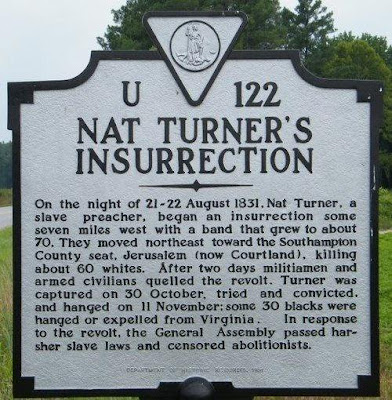Pic From
https://www.blogger.com/blogger.g?blogID=1379547326281009317#editor/target=post;postID=8130853109696345800
The Howitzer Monument, unveiled December 13, 1892, is located in a small park at the corner of Park Avenue and Harrison Street, opposite VCU's James W. Black Music Center and W. E. Singleton Center for the Performing Arts. The statue is dedicated to the Richmond Howitzers Artillery Battalion which originally organized as the Virginia Howitzers Artillery Battery in November of 1859.
The statue was designed by William Ludwell Sheppard (1833-1912) who served during the Civil War as a second lieutenant in the Richmond Howitzers. Sheppard was a long time Richmond resident who studied art in New York before the war and later in Paris. A landscape artist and illustrator of many books, Sheppard is primarily remembered for his numerous engravings that appeared in Harper's Weekly and other national magazines during and after Reconstruction.
The inscription on the front of the base of the statue reads: "To Commemorate the Deeds and Services of The Richmond Howitzers of the Period, 1861-1865."
VCU students often decorate the statue, which many refer to as the
"Q-Tip Man", with a scarf and hat.
(from http://theshockoeexaminer.blogspot.com/2010/07/howitzer-monument-park-ave-and-harrison.html )
____________________________________________________________________________________
Richmond Howitzers Monument
This statue, a reminder of Virginia’s Confederate past, honors a military unit of volunteers who fought extensively for the confederation known as the Richmond Howitzers. After the Civil War was over, the Howitzer Battalion was absorbed in the US Army and fought valiantly in both World Wars. This statue was dedicated in 1892 and reflect's the South's use of monuments to commemorate the "Lost Cause" of secession.
The sculpture, created by Caspar Buberl and William L. Sheppard, depicts a “Number One” artillery man standing erect at the front of the gun. The "number" refers to the specific functions assigned to a soldier when shooting the enemy, and "number ones" were to ram the cartridge into the barrel of the cannon and to sponge the barrel down after the piece of artillery had been fired in order to put out any sparks before the next round was fired.
The statue is cast in bronze and sits on a granite base at the corner of Park Avenue and Harrison Street. On the South side of the base, we can see the emblem of the Richmond Howitzers on bronze. The Latin expression adopted by the regiment reads “Cita Mors Aut Victoria Laeta”, which translates as “A Quick Death or A Sweet Victory”. On the North side we can see the emblem of the Confederacy on bronze.
One of the creators, William L. Sheppard, served with the Richmond Howitzers artillery, which he joined in 1861. After the Civil War, he devoted his time to painting watercolor scenes that depicted everyday scenes of the life of Confederate soldiers. Eventually, he became a much-appreciated artist of the Lost Cause.
As the Richmond Howitzers Monument is located near the Virginia Commonwealth University campus, the statue is often decorated with extra adornments, usually a scarf and a hat. Students at VCU jokingly refer to the statue as the "Q-Tip Man".
( From https://www.theclio.com/web/entry?id=23068 )
( From https://www.theclio.com/web/entry?id=23068 )
AND NOW ----
VCU to audit any symbols of Confederacy, slavery or white supremacy on its campuses
Click HERE for story.
It seems the students in the past had no problem with the statue but now all of a sudden !








